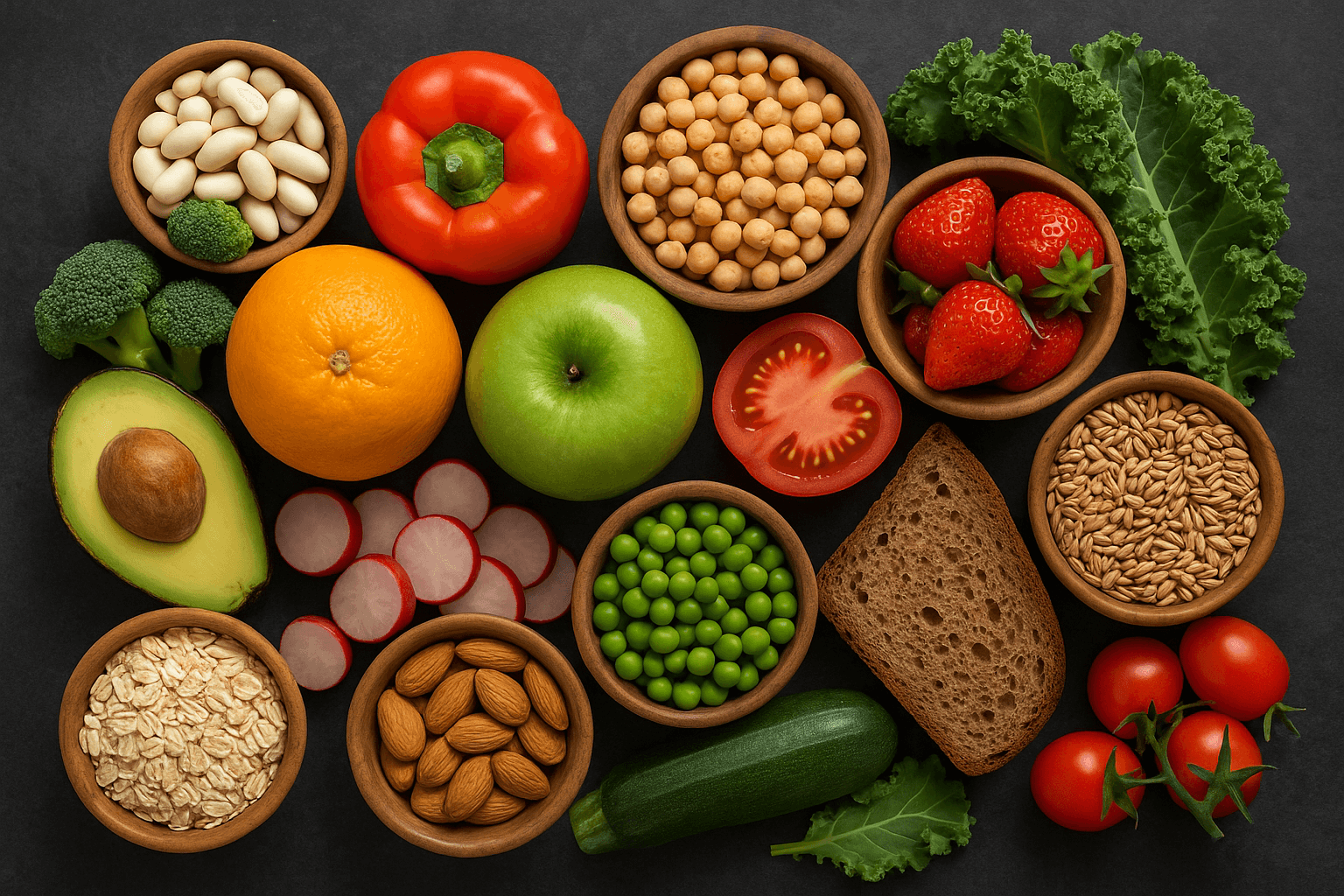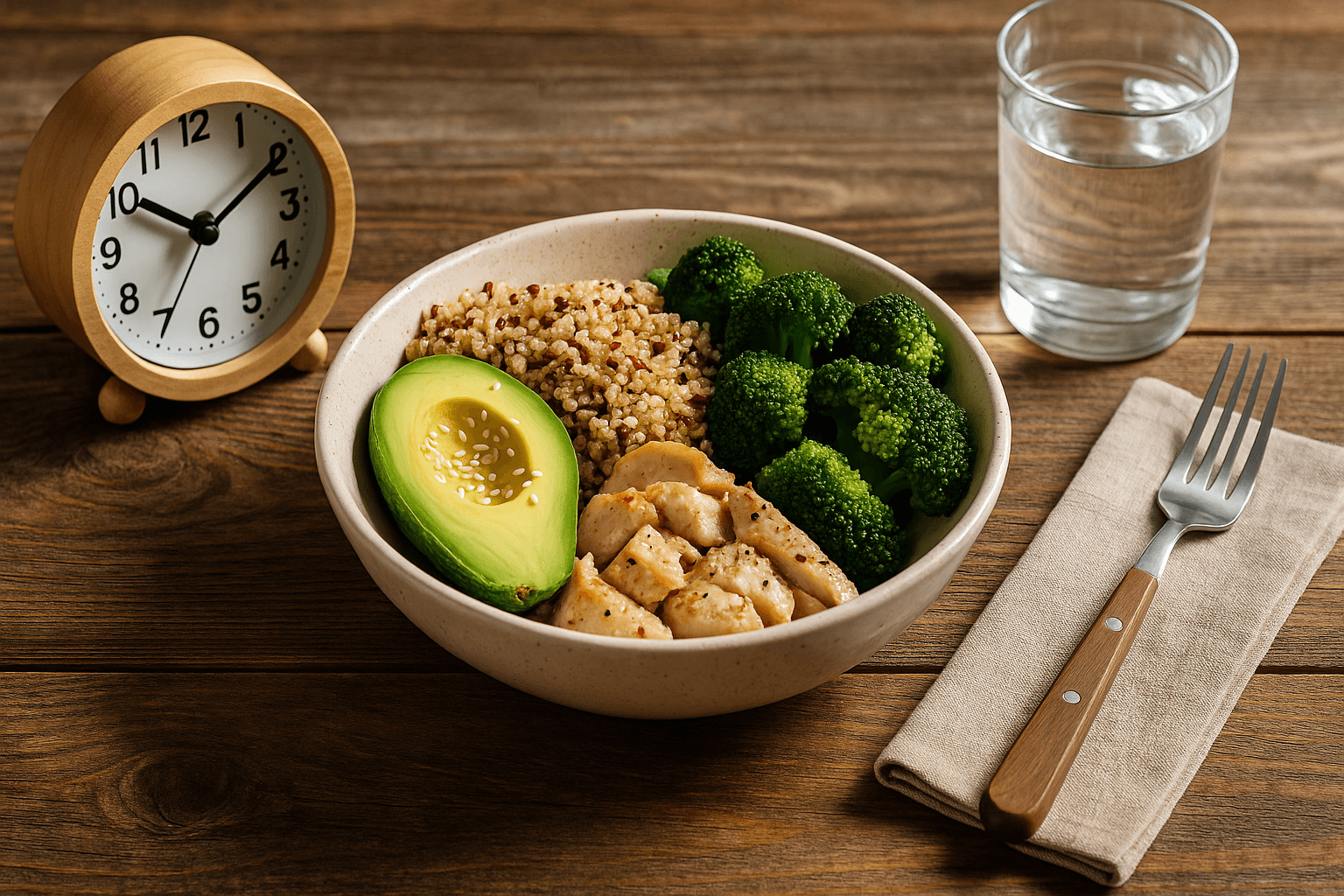Fiber is one of the most underrated nutrients in our diet, yet it plays a vital role in digestion, weight management, and long-term health. Found in fruits, vegetables, whole grains, and legumes, fiber fuels beneficial gut bacteria, keeps your digestive system running smoothly, and helps prevent chronic disease.
Types of Fiber and Their Benefits
There are two main types of dietary fiber, and both are essential:
- Soluble Fiber – Dissolves in water, forming a gel that slows digestion and stabilizes blood sugar. Found in oats, apples, and beans.
- Insoluble Fiber – Adds bulk to stool, promoting regular bowel movements. Found in whole grains, nuts, and vegetables.
Why Your Body Needs Fiber
- Supports Digestive Health – Keeps bowel movements regular and prevents constipation.
- Feeds Good Gut Bacteria – Promotes a balanced microbiome for better immunity.
- Helps Manage Weight – Increases feelings of fullness, reducing overeating.
- Lowers Cholesterol – Soluble fiber binds with cholesterol particles, helping remove them from the body.
- Stabilizes Blood Sugar – Slows carbohydrate absorption, reducing spikes and crashes.
High-Fiber Foods to Add to Your Diet
- Fruits: berries, pears, apples
- Vegetables: broccoli, carrots, Brussels sprouts
- Whole grains: quinoa, brown rice, whole-wheat bread
- Legumes: lentils, chickpeas, black beans
- Nuts and seeds: chia seeds, almonds, flaxseeds
Tips to Increase Fiber Intake
- Start your day with a bowl of oatmeal topped with fruit
- Replace white bread with whole-grain alternatives
- Add beans or lentils to soups and salads
- Snack on nuts and fresh fruit instead of processed foods
Conclusion
A high-fiber diet is one of the simplest and most effective ways to support long-term health. By making small, consistent changes to your meals, you’ll improve digestion, boost energy, and protect your body from chronic illnesses.




